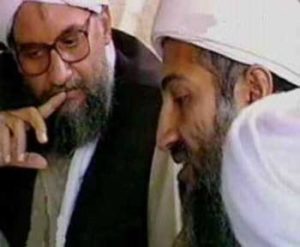Abbottabad Insights: How al-Qa‘ida in Iraq Was Formed (Part 1)
*Editor’s note: The “Abbottabad Insights” series aims at analyzing the files recovered from Usama bin Ladin’s compound in 2011 which have remained largely understudied to date, aside from the first batches released between May 2012 and January 2017. The first two articles of this series will deal with the inside story of the founding of al-Qa‘ida in Iraq, providing unique insights into the negotiation process between al-Qa‘ida Central and Abu Mus‘ab al-Zarqawi in 2004. A third piece will tackle the relationship between Bin Ladin’s group and al-Zarqawi’s during the last months of the Jordanian’s career. Other articles covering a wide range of issues, from al-Qa‘ida’s external operations to its ties with other militant groups, will follow. On October 17, 2004, al-Tawhid wa-l-Jihad, the precursor organization to the Islamic State, issued a statement announcing with much fanfare that its leader Abu Mus‘ab al-Zarqawi had pledged “allegiance” (bay‘a) on behalf of his group “to the mujahid




